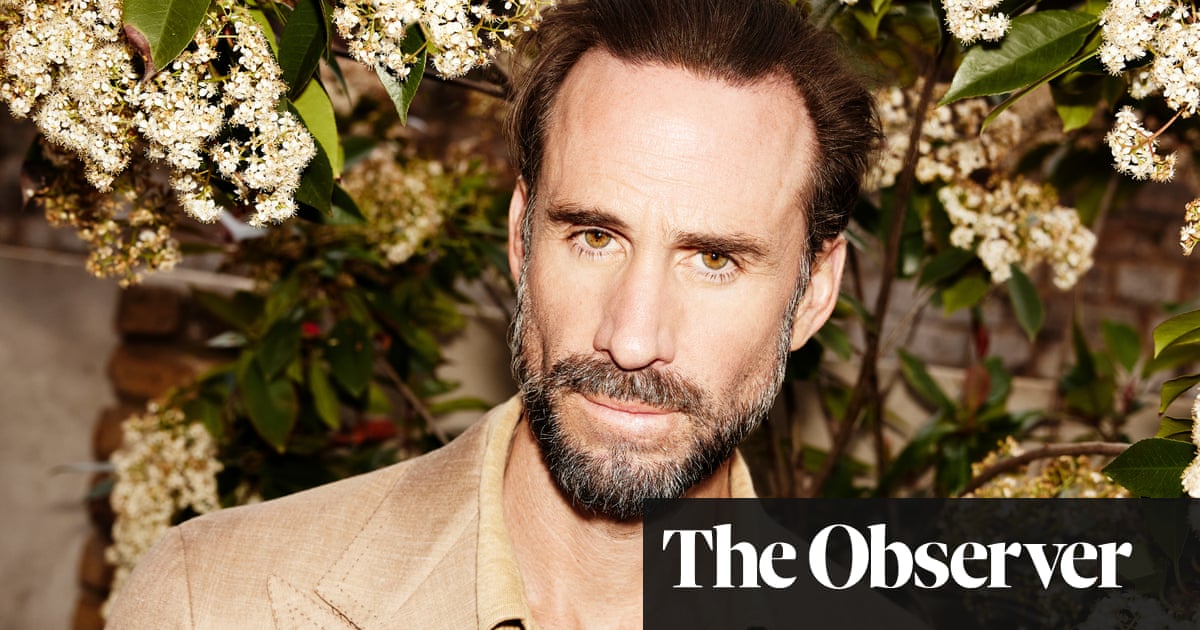
It was as if a previously shuttered window had been thrown wide open and, for the first time, Hope Powell’s players could glimpse unexpectedly exciting new horizons.
Bev Ward, the Football Association executive responsible for that tournament’s marketing and communications strategy, recalls the moment well.
“England were playing at Ewood Park in Euro 2005 but they were held up getting there because the team bus was waved down by fans lining the approach roads,” Ward says. “I remember Rachel Unitt, Rachel Yankey and Kelly Smith – leading players – saying it was the very first time they’d seen women and girls wearing replica shirts with their names on the back.
“It gave them such an uplift. They could see new possibilities. It was a really inspiring watershed moment. That tournament represented a big step change for the women’s game in England.”
Seventeen years on, Ward and her FA colleagues are making final preparations for another home finals but the landscape around Euro 2022 has altered almost beyond recognition. “It’s a really different approach,” says Ward, now the senior host city manager. “In 2005 we knew England wouldn’t go beyond the group stage but we’re a bit more optimistic today!”
As the 21st century began many people might have struggled to envisage that, come 2022, the Women’s Super League would be fully professional, highly technically skilled, heavily televised and home to a host of international household names commanding six-figure salaries. Few realised that pioneers, notably including Powell and Kelly Simmons, the FA’s inspirational director of the women’s game, had spent years laying transformative foundations.
“In 2001 football overtook netball as the main participation sport for girls,” Ward says. “So Euro 2005 was all about increasing interest and creating a legacy.”
Staged in Blackburn, Blackpool, Manchester, Preston and Warrington, it featured eight teams – half the number limbering up for the 2022 edition – with England’s lowly ranked part-timers finishing bottom of Group A after a 3-2 win against Finland and defeats by Denmark and Sweden.
Ward worked overtime to promote the hosts’ opener with Finland at the City of Manchester Stadium and was rewarded as a crowd of 29,092 – a record for an England Women match – watched a 17-year-old Karen Carney excel before securing victory courtesy of a sublime chip in stoppage time. “Everything was built around that first game and the excitement it generated,” Ward recalls. “It was an incredible attendance.”
Despite home media coverage largely evaporating as England exited, 21,105 watched Germany beat Norway 3-1 in the final at Ewood Park.
By then, Lennart Johansson had put his foot in things. “Companies could make use of a sweaty, lovely-looking girl playing in rainy weather,” said the former Uefa president, who died in 2019. “It would sell.” Ward sighs: “We’d hoped for a bit more respect.”
Whereas, nowadays, Johansson’s comments would have prompted a social media furore stretching from his native Sweden to southern Africa, in 2005 outrage proved limited.
Today’s complaints generally revolve around the location and size of certain venues. Between the opening game involving England and Austria at Old Trafford and the Wembley final, matches take place on the south coast (Brighton and Southampton) London and the south-east (Brentford and Milton Keynes), South Yorkshire (Sheffield’s Bramall Lane and Rotherham) and, most controversially, Greater Manchester (Leigh Sports Village and Manchester City’s Academy Stadium).
Given games at Wembley and Old Trafford swiftly sold out, could a tournament destined to be the largest in the competition’s history not have been more ambitious in its choice of stadiums and better balanced geographically?
With well over 400,000 tickets sold and more than 96,000 supporters from 95 countries travelling to England, has the FA missed an open goal? “Cities were invited to be hosts and, sadly, no one from the north-east, Midlands or south-west applied,” Ward says. “These tournaments place a lot of work on local authorities, and grounds that meet Uefa’s criteria aren’t always available in July. But we’ve ended up with terrific venues. We’ve sold tickets out at every stage we’ve released them. Using Wembley for the final was a leap of faith but it’s been justified.”
Significantly, when stadiums for a tournament delayed a year by Covid were selected in 2018, organisers feared a lack of enthusiasm for fixtures not involving England. By the time the 2019 World Cup in France had altered such perceptions it was too late to secure high-end, high-volume grounds such as Newcastle’s 52,000-capacity St James’ Park and Sunderland’s 49,000-capacity Stadium of Light.
Ward defends the decision to deploy Manchester City Women’s Academy Stadium, which will allow just 4,700 fans in, and their Manchester United counterparts’ only slightly larger base at Leigh Sports Village. “We wanted full houses,” she says. “And we also wanted to create a legacy fanbase by promoting WSL grounds.”
A host of 8pm kick-offs will fill prime broadcast slots, with television audiences driving the income and interest essential to the game’s enduring development. “Uefa want as many eyeballs on this tournament as possible – it’s being broadcast across the world,” says Ward, who is well aware that, outside London, a great deal of public transport has shut down by the time final whistles are blown. “We’ve worked hard with local communities to organise special services and ensure people can get home.”
As the original 2021 date approached and lockdowns beckoned, fears grew that the action would retreat behind closed doors. “Postponing was the right decision,” says Ward. “Now fans are coming from as far afield as North America while, in Europe, there’s been a lot of interest from Sweden, Iceland, Finland and Belgium, in particular.”
Throw in innovative tie-ups with the Arts Council and the Royal Philharmonic Orchestra, featuring gallery exhibitions, dance displays and choir recitals, there is real reason to believe Euro 2022 will prove a glorious celebration of not only women’s football but post‑lockdown life.












